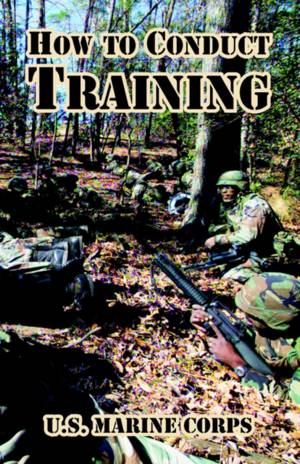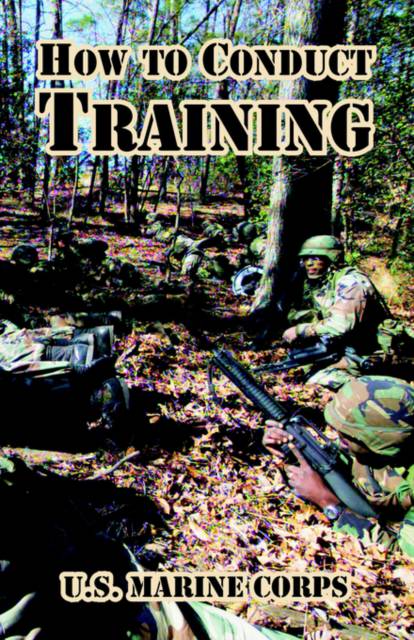
- Afhalen na 1 uur in een winkel met voorraad
- Gratis thuislevering in België vanaf € 30
- Ruim aanbod met 7 miljoen producten
- Afhalen na 1 uur in een winkel met voorraad
- Gratis thuislevering in België vanaf € 30
- Ruim aanbod met 7 miljoen producten
Zoeken
Omschrijving
Training is an integral part of the Marine Corps' preparation to go anywhere, take on any adversary, and win! As such, Marine Corps units train as they expect to fight. This warfighting training philosophy provides the Marine Corps with an unifying goal for individual and collective training. With this common thread woven throughout Marine Corps units, and with the Nation requiring greater accountability of public funds, effective and efficient training must focus on attaining and maintaining the state of operational readiness to support Marine air-ground task force warfighting operations (independent, joint, combined, or multinational). Unit training management (UTM) is the application of the systems approach to training (SAT) and Marine Corps training principles to maximize training results and to focus the unit's training requirements on the wartime mission. The SAT process is used to identify, conduct, and evaluate Marine Corps training. This systematic approach ensures that training and education are conducted in an environment of awareness and continuous feedback. The SAT process is an effective and efficient tool, not a program, used to control the mission training and requirements directed by higher headquarters. It is a five-phased approach that provides commanders with the training management techniques they need to analyze, design, develop, implement, and evaluate performance-oriented training.
Specificaties
Betrokkenen
- Auteur(s):
- Uitgeverij:
Inhoud
- Aantal bladzijden:
- 144
- Taal:
- Engels
Eigenschappen
- Productcode (EAN):
- 9781410221025
- Verschijningsdatum:
- 15/03/2005
- Uitvoering:
- Paperback
- Formaat:
- Trade paperback (VS)
- Afmetingen:
- 140 mm x 216 mm
- Gewicht:
- 190 g

Alleen bij Standaard Boekhandel
+ 43 punten op je klantenkaart van Standaard Boekhandel
Beoordelingen
We publiceren alleen reviews die voldoen aan de voorwaarden voor reviews. Bekijk onze voorwaarden voor reviews.











